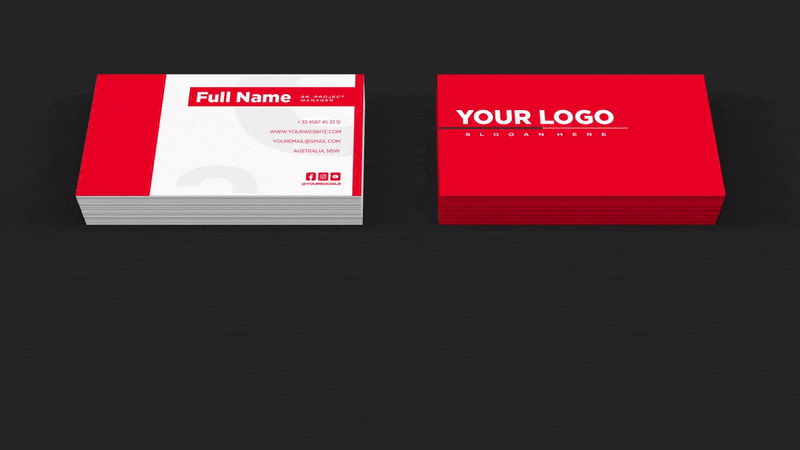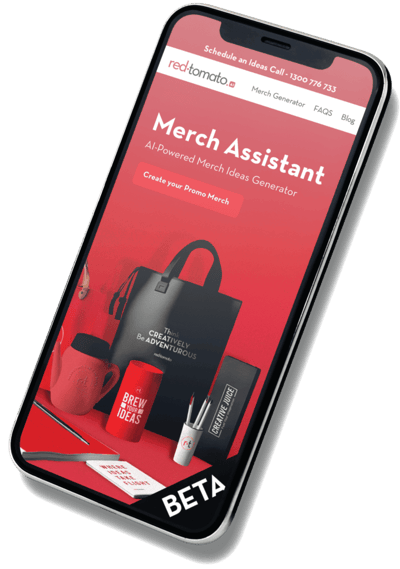Let’s talk: 1300 776 733 | 8:30am-5:30pm weekdays

We don’t just create merch—we create Winners.
Winning at PPAI 2025 proves it: we turn ideas into award-worthy branding. Let’s do it for you!

Winning Awards Year After Year
Our passion, creativity, and dedication drive every award we win—because when your brand shines,we succeed together.

Helping Grow Your Brand
Turn your products into dynamic engagement tools for every campaign. Our approach? Combining our expertise in product design and customisation to create lasting impressions that drive real results.

The Product Experience
At Red Tomato, innovation is our passion.
We make promotional products into impactful
engagement tools, from new employee welcome kits to
surprise gifts for loyal clients and partners.
By crafting unique and custom merchandise that captures
your brand, we bring out experiences that make your
marketing unforgettable.

Product Innovation
Boost brand recognition and loyalty with custom-crafted merchandise, blending industrial design expertise and innovative prototyping.

Creative Services
Set your brand apart with creative solutions in design, direction, and content marketing.

Research & Strategy
Flawless execution through expert research, market insights, and seamless planning.

Marketing
Next-level marketing with omnichannel strategy, real-time updates, and expert insights.
AI Merch Generator
Spark your next big merchandise idea with just one click! Our AI Merch Generator helps craft unique and creative ideas that will let you stand out from the crowd. Say goodbye to long brainstorming sessions with AI-driven product ideas that are ready to bring to life.

Product Solutions





Our Clients Speak For Us




Red Tomato Experience
We make promotional products into impactful engagement tools, from new employee welcome kits to surprise gifts for loyal clients and partners.

Design Ideas
Make the product uniquely yours with customisations that match your brand,
from individual items to packs.

Custom Solutions
Make the product uniquely yours with customisations that match your brand,
from individual items to packs.

Fast and Easy
Doorstop or desk? Ship anywhere with our fast and flexible delivery options.
Book an Ideas Call Now
Red Tomato is a promotional marketing agency based in Australia that has been delivering memorable branded promotional merchandise since 2006. We made it our mission to deliver innovative and custom-designed promotional items that make lasting impressions for our clients for years to come.
Looking for something else?
Let’s talk: 1300 776 733 (8:30am-5:30pm weekdays) or send us an email: sales@redtomato.com.au













